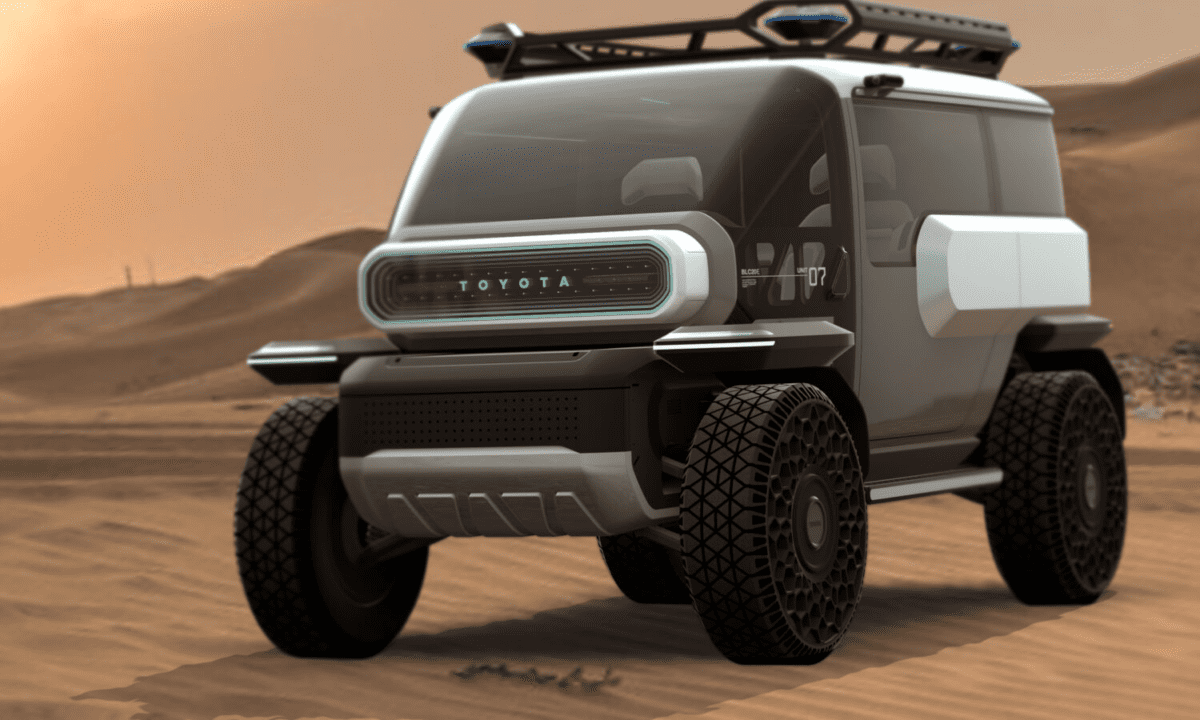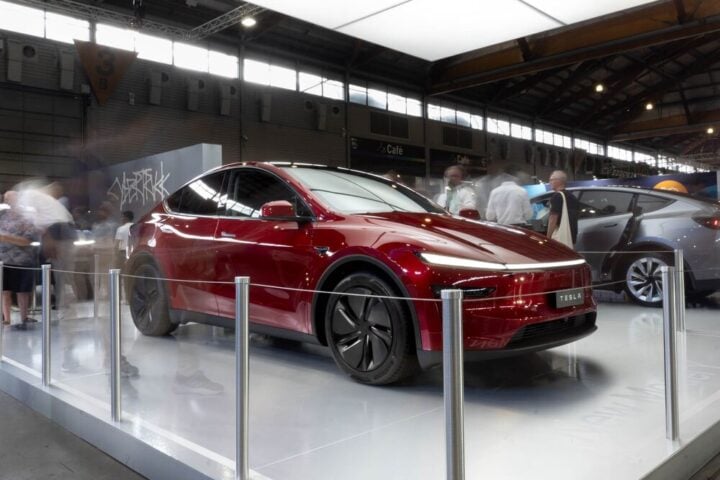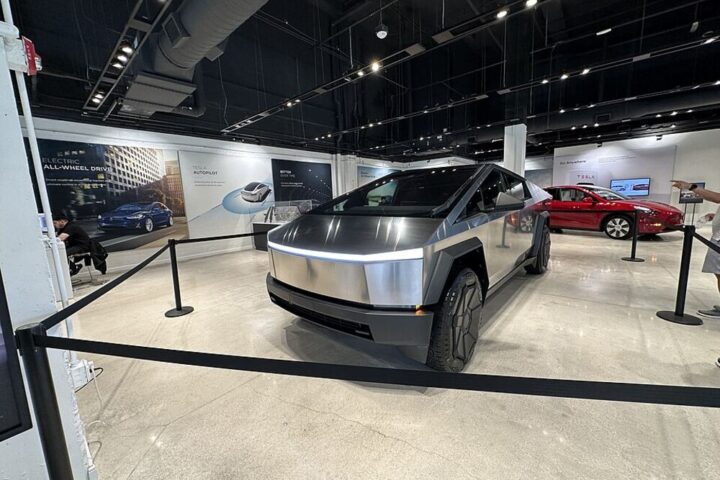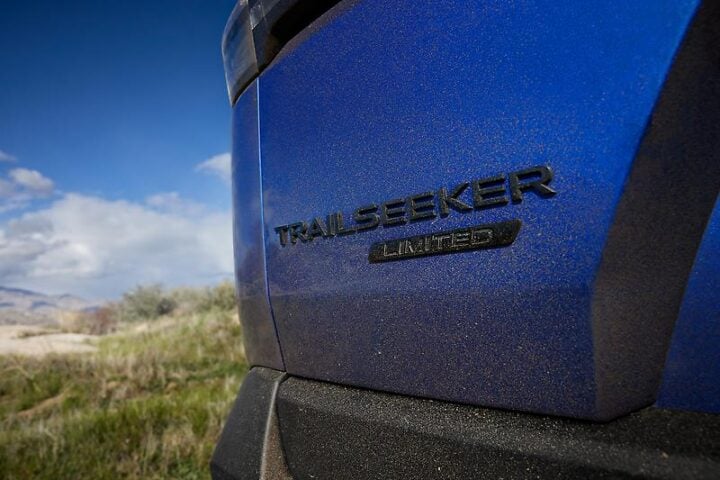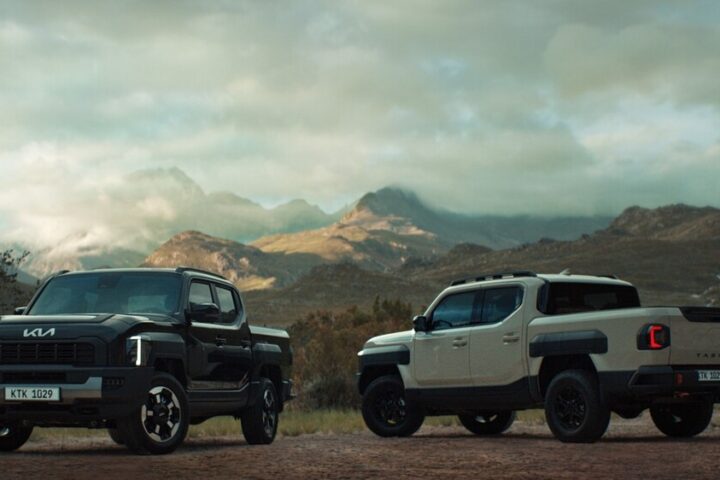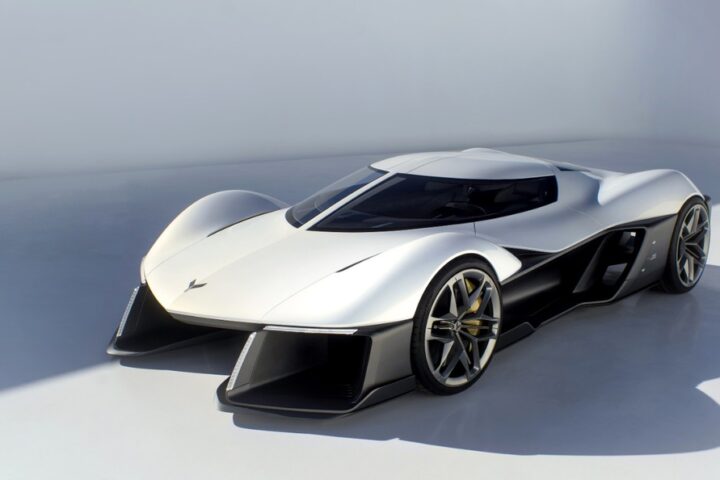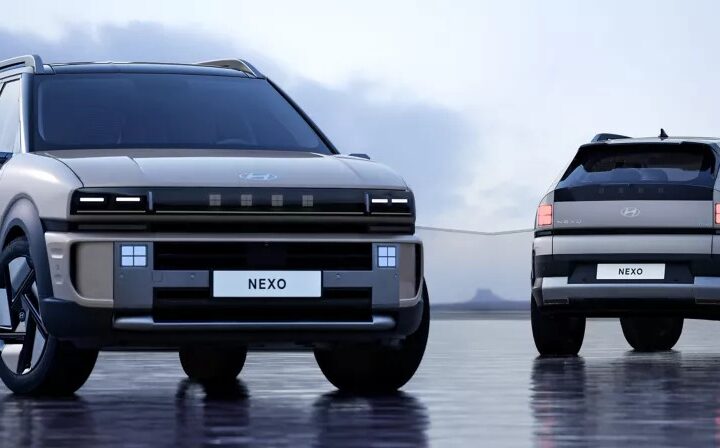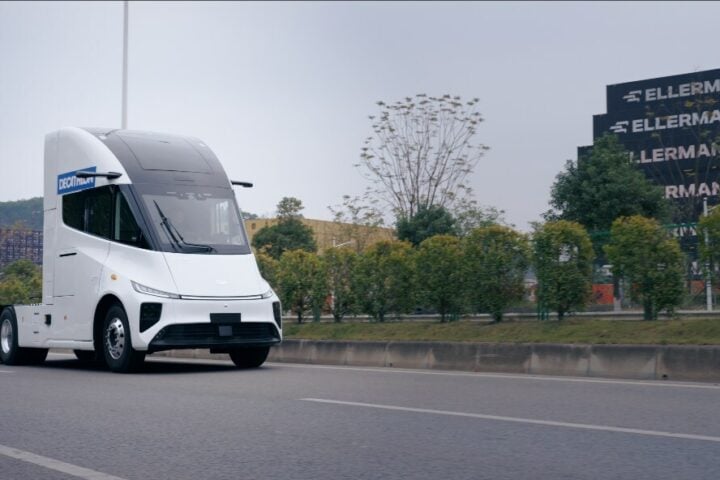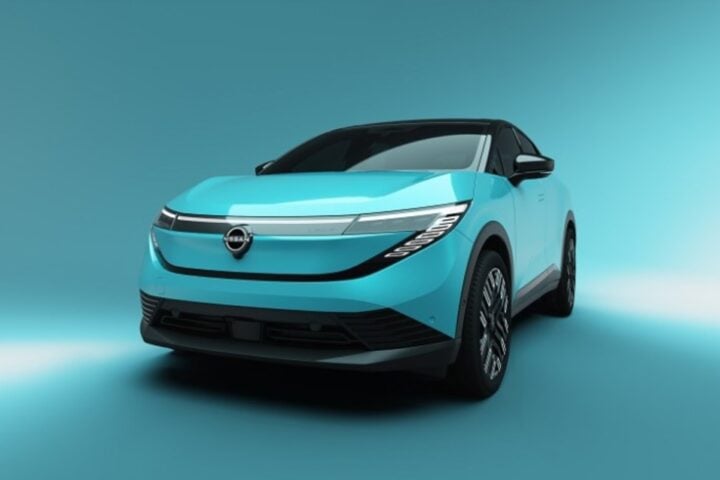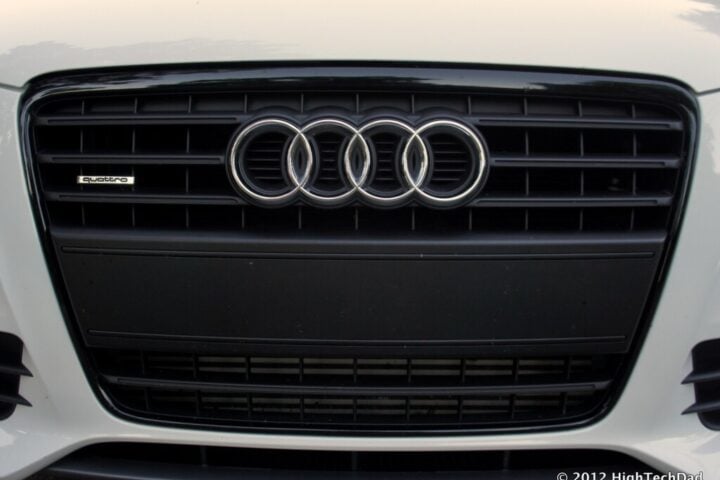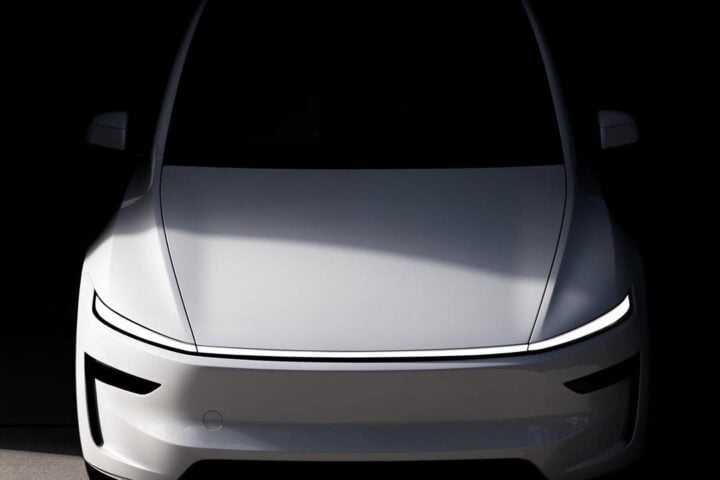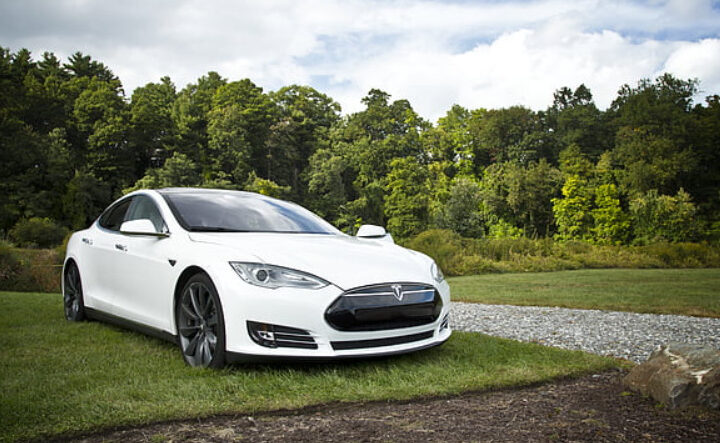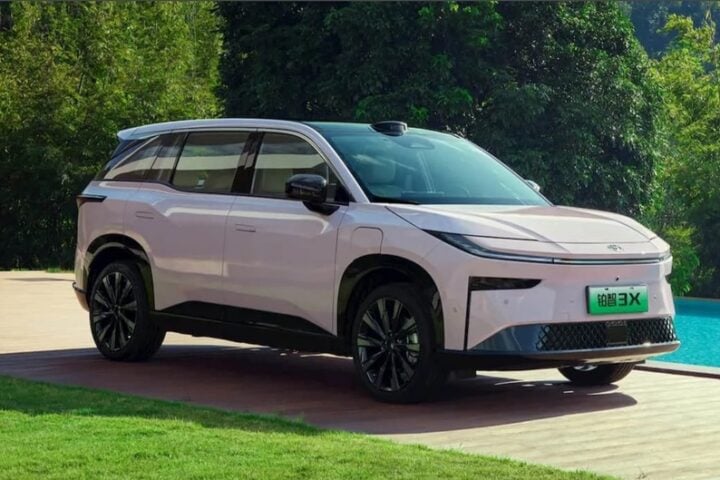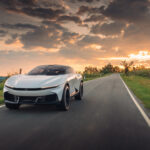At the pulsating heart of Newport Beach, California, a saga of design, innovation, and vehicular evolution unfolds. CALTY Design Research, the American design powerhouse of Toyota, celebrates a monumental 50-year journey, not just as a retrospective of automotive design but as a beacon illuminating the path forward in vehicular innovation.
Crafting the Future: From Earth to the Moon
Embarking on a journey that transcends terrestrial boundaries, CALTY surprises the auto world with the unveiling of the Toyota Baby Lunar Cruiser (BLC) concept. A vehicle conceptualized not just for earthly terrains but envisioned for extraterrestrial explorations, the BLC is a harmonious blend of adaptive technology and nostalgic design elements from the original FJ40 Land Cruiser. It’s a nod to the past while propelling design into the future, embodying a spirit that is as adventurous as a lunar expedition.
The Genesis: CALTY’s Californian Dream
In the vibrant and dynamic landscape of 1973 El Segundo, California, CALTY sprouted from the visionary seeds sown by Dr. Shoichiro Toyoda and Eiji Toyoda. Kevin Hunter, the president of CALTY Design Research, encapsulates the essence of its inception, “California was a youthful, vibrant epicenter of fresh ideas, a cool car culture, and the glamorous movie industry that inspired CALTY to create innovative designs and establish new trends.” The studio, initially shrouded in a veil of discretion, burgeoned into a crucible of creativity and innovative design for Toyota’s global design network.
Similar Posts
Decades of Design: A Journey Through Time
Navigating through the 1970s, CALTY, under the adept leadership of Executive Vice President Mamoru Yaegashi, embarked on a journey of discovery and research, crafting designs that were not only revolutionary but also resonated with the vibrant Californian auto culture. The subsequent decades witnessed a metamorphosis in design philosophy, exploring innovative design languages and techniques, and crafting iconic vehicles like the MX-1 in 1983, which boasted a mid-engine layout and scissor-style doors.
The Supra Saga and Beyond
The 1990s saw CALTY sculpting significant designs for Toyota’s production vehicles in the North American market, including the 1995 Tacoma and the 1997 Prius. The studio also ventured into designs that, while not making the final cut, left an indelible mark on Toyota’s design philosophy, such as the fourth-generation Supra, or A80. The intent was to metamorphose the Supra into a “pure sports car,” a departure from its Grand Touring character, embodying a spirit that was unbridled and quintessentially sporty.
The Electrified Future and CALTY’s Vision
As the automotive industry pivots towards an electrified future, CALTY, with its innovative vehicles like the 2021 Lexus Electrified Sport concept, continues to be a torchbearer in the design space. The studio, while embracing new technology, remains authentic to the brand’s heritage DNA, crafting designs that are not only futuristic but also echo the rich legacy of Toyota.
Navigating the Next 50: A Galactic Odyssey
Simon Humphries, Toyota Motor Corporation Chief Branding Officer and Head of Design, reflects, “As we continue our journey from the automotive era into the mobility era, there is one thing I feel I can say for sure. CALTY will be there at the forefront.” As CALTY propels into the next 50 years, the spirit of exploration, innovation, and inspiration remains deeply ingrained in its DNA, ensuring that it continues to sculpt the future of mobility, whether on earthly terrains or perhaps, on celestial bodies afar.
In this celestial journey of design and innovation, CALTY not only crafts vehicles but also sculpts the future of mobility, ensuring a legacy that will echo in the corridors of automotive design for eons to come. The odyssey ahead promises a confluence of heritage, innovation, and a relentless pursuit of design excellence, ensuring CALTY’s pivotal role in sculpting the future of interstellar mobility.
